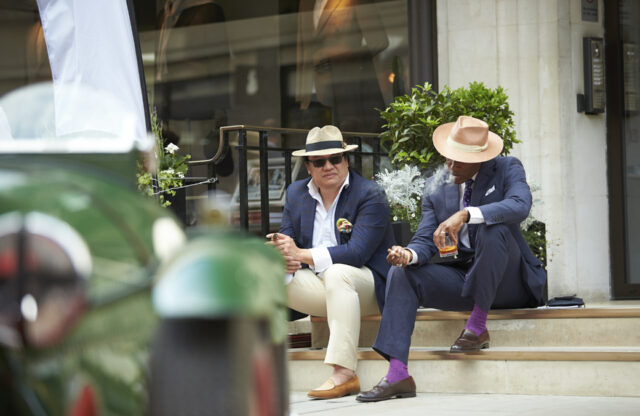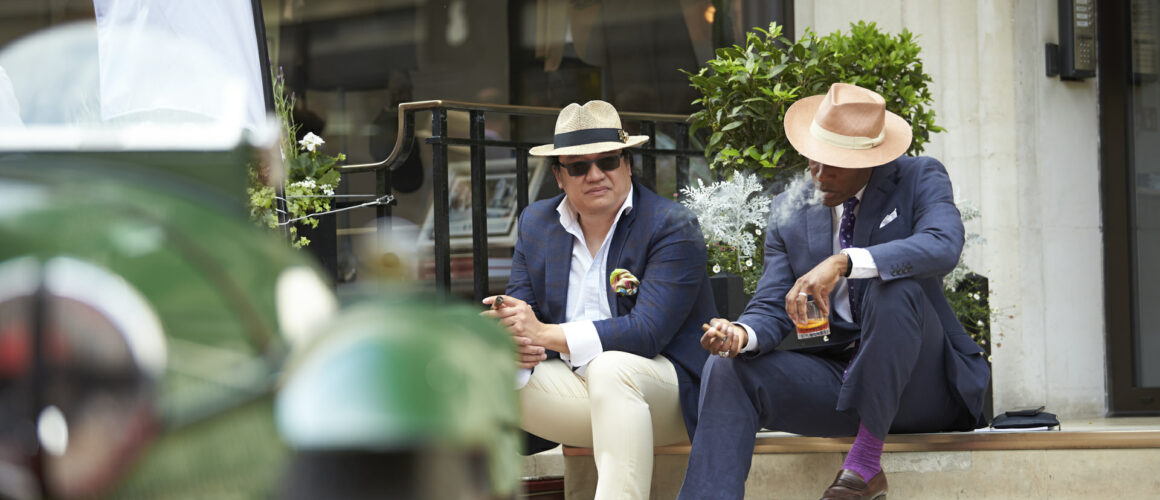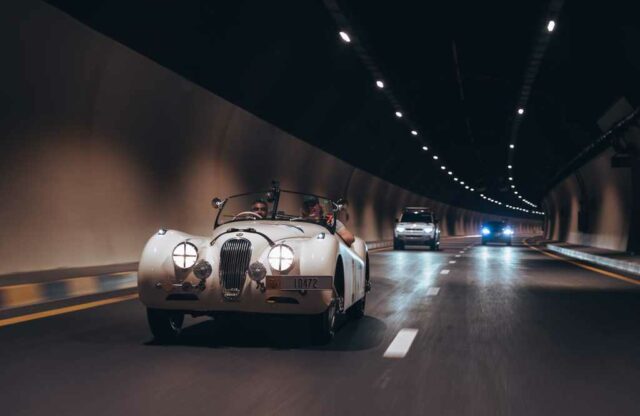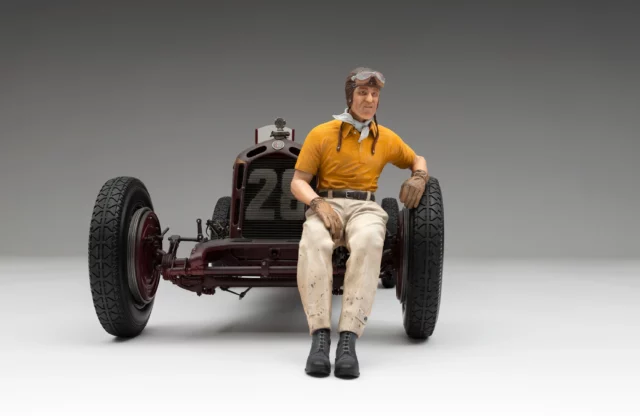WORDS: NATHAN CHADWICK | PHOTOS: MATT HOWELL, WIKIMEDIA COMMONS AND GOODWOOD
Interior smoking bans. A persistent public-health message. The sheer length of time it takes to enjoy a good cigar. Add all these factors together and you would be forgiven for thinking that the cigar world had, well, gone up in smoke.
This story originally appeared in Magneto issue 15.
The reality is a little different, says Brian Ebbesen. He introduced cigar sales to Christie’s auctions in the late 1990s during a 20-year career with the auction house, and still follows the market keenly.
“There are two types of cigar smokers: those who have a couple per year, on birthdays or New Year’s celebrations, and the guys who smoke on a regular basis,” explains Brian. “The ban didn’t affect regular smokers – it just meant you couldn’t have a cigar after dinner in a restaurant any more.”
Contrary to expectation, cigar smoking has thrived in London – Brian believes it’s Europe’s top destination for this thanks to high- end hotels opening dedicated cigar lounges: “They get around the rule with a couple of open windows or an extraction system, so it’s seen as an outside space.”

Developing a cigar hobby isn’t as simple as buying a box of Cubans


Developing a cigar hobby isn’t as simple as buying a box of Cubans. “If you’re new to regular smoking, you don’t want a Cohiba or Bolivar, as you won’t be able to deal with it,” Brian advises. “It’s important to start with a milder brand like Hoyo or Montecristo, to gently ease you in; there are varying strengths from brand to brand, and they all have an individual flavour profile.”
That profile is what keeps Cuban cigars at the top of the market, as Brian explains. “It’s the same as the wine market – there are great wines other than from, say, Bordeaux, but they tend not to generate the same collector interest. It comes down to the tobacco itself, which is a result of the climate and soil – much like a Bordeaux – that can’t be recreated anywhere else. You can taste clear differences between a Cuban and a Dominican Republic cigar; non- Cubans can be one-dimensional. They lack the layers of flavour.”
Not all Cuban cigars are created equal, however, with Cohibas generally perceived as the flagship. “Unlike other Cuban brands, where the tobacco is fermented twice, Cohibas are processed three times,” Brian explains. “This gives them a softer, rounder flavour, which can be quite harsh and strong.” Fed by a growing Chinese market, demand for cigars is outstripping supply; a box of 25 Cohibas now costs up to £1500. Despite the price rises, collectors tend to take their cue from the wine market, by buying a box to enjoy and another to sell later. Brian advises seeking out limited editions: “Habanos, Cuba’s governing body of cigar making, has been offering runs of 8000, 10,000 or 15,000 with cigars that have aged for three to five years. It’s clearly great tobacco and not your average production items.”
Even if you’ve snagged a box or two, however, don’t immediately light up. “Boxes that used to come out of Cuba were aged by one or two years – Cuban cigars are quite harsh when they’re put together, and unsmokeable for the first year,” says Brian. “Because of worldwide demand they’re now released earlier, which means you have to put them away for a year or two before they’re smokeable.”

New limited editions aside, it is worth looking out for Cuban-produced cigars from, say, Dunhill and Davidoff, who transferred production to the Dominican Republic in 1991. “They are very sought after – rare, not produced in a long time and great cigars,” says Brian. “If you’re buying a box of Davidoff Dom Perignon, you’ll have to pay £10,000 to £15,000.
“Then there were a couple of limited editions, such as 1492, which celebrated Columbus discovering tobacco in Cuba. That was a production of 1000 humidors, and they are very sought after – a box of 50 cigars could cost £40,000 or £50,000 now.”
Not all old cigars are worth inhaling, however. “I smoked a Cuban from 1870 – it wasn’t much other than hot smoke, it just faded away,” chuckles Brian. “Still, it was interesting to try something that old – it felt like I was smoking history.” Pre-embargo cigars – from before the US blocked Cuban cigar imports in 1959 after the revolution – are still around: “They’re not always the greatest smoke because they are old, and somewhat faded.”
Whatever your take on cigar collecting, Brian is at pains to point out that there should be a fundamental rule: “While the flavours and enjoyment of a particular smoke are important, smoking cigars is as much about relaxing and kicking back,” he says. “You can’t rush a cigar; it takes a certain time depending on the size, and that allows you to put everyday stresses to one side, relax and just have some important ‘me time’, often in a comfortable chair with a glass of your favourite tipple.”
We can certainly drink to that.




